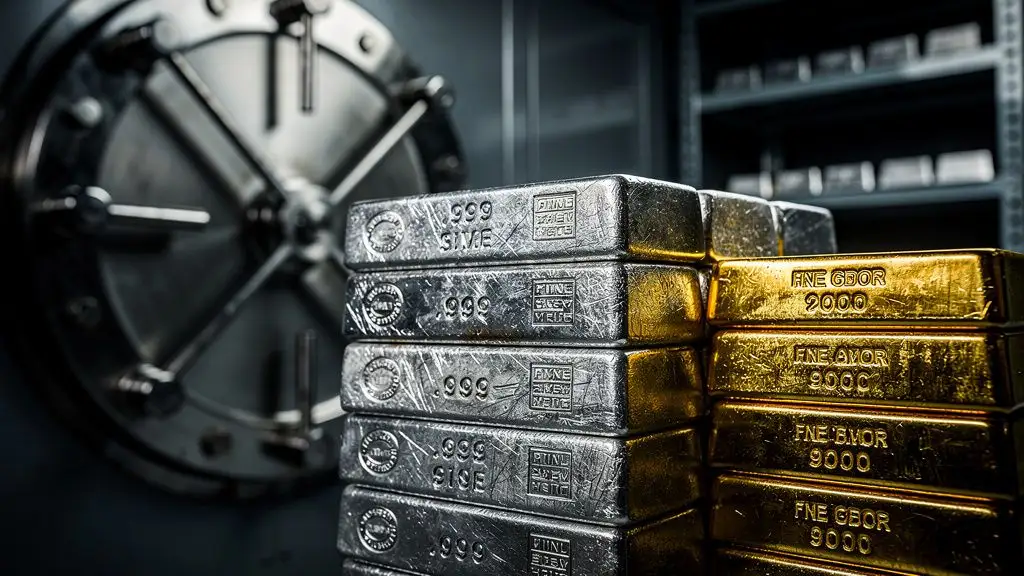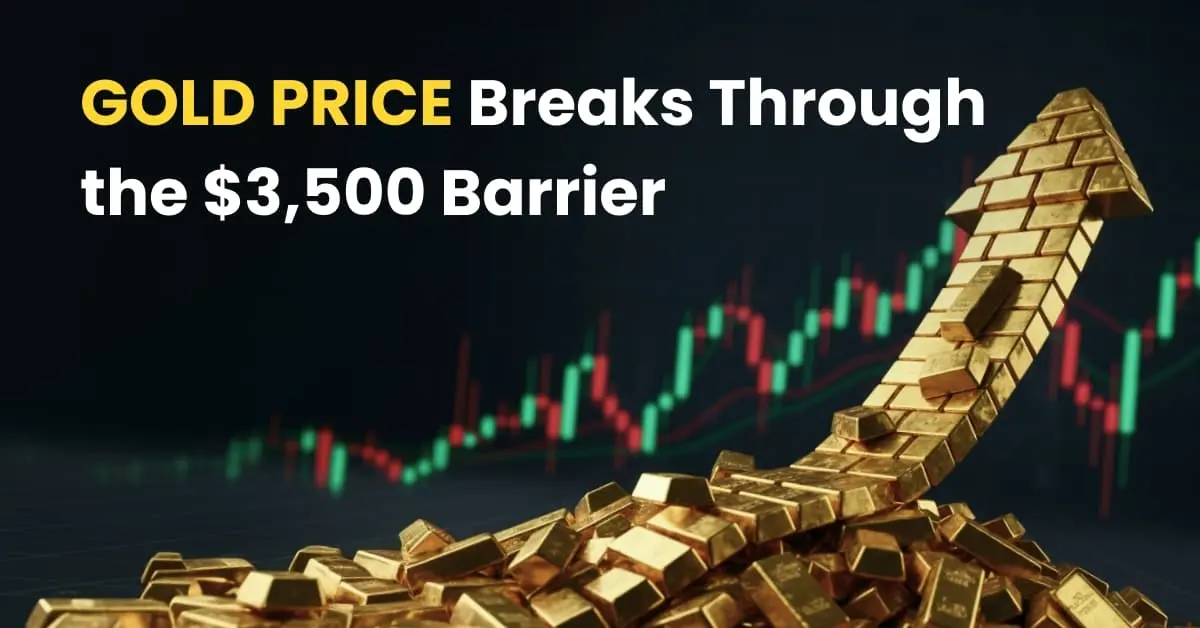Gold vs Forex Trading: Which Should you Trade?
Abstract:Gold has been a classic investment option for centuries and is commonly used as a hedge against inflation and a reliable wealth storage medium. Gold offers a good investment opportunity that is often less focused on short-term profits, making it one of the top long-term investment options. On the other hand, forex trading is the speculation on currency prices for potential profits. A forex trader can profit from up and down price movements in both short and long term.
Trading gold is ideal for hedging against inflation. Unlike traditional currencies, it retains its purchasing power during inflation. Gold shines during periods of global instability, even as the price of other assets fall. In addition to the diversity of trading form.
On the other side, prices are considered to be highly volatile. Price swings also can last longer. It also requires analytical knowledge and investment strategy.
Intrinsic value: Gold is a precious metal that has intrinsic value and highly uncompromised investment appeal. Fiat currencies as well enjoy an intrinsic value, although they are more venerable to external factors like policies and inflation that erodes their value over time.
Accessibility: Forex market is the most accessible financial markets where trading is available 24 hours a day, for 5 days a week. Also, the OTC trading feature allows the FX trading to be accessible anywhere. While investing in physical gold is not always available for everyone, gold trading is now available in different trading form including ETFs, CFDs, Futures and Certificates. They are widely available and easier to trade.
Leverage: The forex leverage is an investment tool of using borrowed capital to maximize an investment‘s potential return. It’s one of the major benefits of forex trading. Leverage is available only for some gold derivatives.
Gold and Forex Correlation
Changes in gold prices affect the so-called commodity currencies. The commodity currency is a currency that is highly correlated to the changes in prices of some commodities. Examples of commodity currencies includes the Australian Dollar and Canadian Dollar.
Trading gold means you will have to monitor the movements of the US Dollar. For example, if the value of the US Dollar is increasing, that drives the price of the yellow metal lower.
An additional factor to consider when you step into the world of gold trading is market liquidity. It is being traded nearly 24 hours per day around the world. This implies higher liquidity around the clock although, as with the forex market, it can be relatively quiet after the US session closes, and lower volumes may lead to volatile price movement
Read more

Gold and Silver Plummet from Record Highs as Profit-Taking Sweeps the Market
The spectacular year-end rally in precious metals hit a wall on Monday, as gold and silver prices collapsed from fresh all-time highs. Traders aggressively booked profits in a market thinning out for the holidays, amplifying volatility and triggering a sharp technical correction.

Precious Metals Mania: Silver Squeeze Intensifies as Gold Breaches $4,500
Global precious metals markets are witnessing a historic dislocation as 2025 draws to a close. Spot gold has breached the psychologically significant $4,500/oz mark, while silver has surged past $70, driven by a potent combination of geopolitical escalation, aggressive Fed easing expectations, and a critical physical shortage in London vaults.

Gold and Silver Price Predictions and Trends 2026
Gold and Silver Forecast 2026 offers expert predictions, price insights, and market analysis to help shape your investment decisions.

Gold Price Breaks Through the $3,500 Barrier
Gold prices climbed sharply this week, breaking above the $3,500 per ounce level for the first time, as investors sought safety amid ongoing economic uncertainty and shifting monetary policy expectations.
WikiFX Broker
Latest News
Fed’s Paulson Douses Rate Cut Hopes, Strengthening 'Higher for Longer' Case
Precious Metals Surge: Central Banks and Fed Outlook Fuel 'Bare-Knuckle' Bull Market
RIFAN FINANCINDO BERJANGKA Review (2025): Is it Safe or a Scam?
Is BotBro Legit or a Scam? 5 Key Questions Answered (2025)
WAYONE CAPITAL Review 2025: Institutional Audit & Risk Assessment
Is Kyvoo Legit or a Scam? Key Questions Answered (2025)
Goldman Sachs Strategy: Markets to Turn "Wilder" in 2026
The 'Wolf' Strategy: Phantom Tariffs and the Dollar's Resilience
Geopolitical Risk: Tensions Spike as Iran Draws 'Red Line' Against US Intervention Threats
US Forces Capture Maduro in Dawn Raid; Trump Pledges Oil Sector Takeover
Rate Calc


